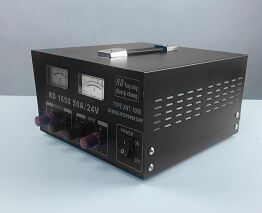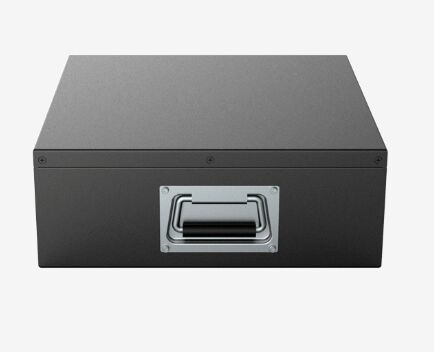A common device used in a lot of systems is a 24V to 12V 50A converter. These devices can be used in various applications, such as when you are looking for a source of power at home or work. When it comes to using these devices, there are a few different types to consider.
The first type is the transformer. This type of device can be useful for various purposes, including when you want to use a source of power from a transformer. Transformer-type converters also have a secondary winding that is connected to a transformer, which allows the current to flow from the primary coil.

24v to 12v 10a converter: marine dc to dc converter
The second type of converter is the rectifier. These devices work very much the same way as transformers, only they do not use a transformer to create the energy for their output. Instead, a diode is used to separate the positive and negative ends of the power wire. This creates a voltage between the two.
The third type is the switching converter. These devices use a single input voltage to control several outputs. In the case of the switch type, one input is controlled by a regulator while the other is directly controlled by a circuit.
The fourth type is the linear regulator. This type of converter uses a constant voltage supply to generate a regulated current. The constant voltage is normally provided through the use of a series of resistors that are placed across the main supply, which can then be multiplied in multiple ways.
The fifth type of voltage converter is the step-up converter. These devices require a high enough power supply that is capable of providing the current needed to control several different outputs.

The final type of converter is the output regulator. This type uses a transformer but has a smaller output to allow for a smaller power source. For example, in a solar panel converter, the output can be a bit less than the actual solar panel.
These are the different types of voltage converters. These devices are used all over the world and have many different uses. It will take some research to determine what type of converter is better suited for your needs.
There are some things to take into consideration when you buy a converter. First, take a look at the overall efficiency of the converter. It is important to consider the energy requirements of the device before buying it, especially if you are using a large number of appliances(Choosing Power Voltage Converter). To calculate this, take the total wattage that is consumed by the appliances in your household and divide that by the number of outlets that they use.
If you have more than one appliance, you may want to think about whether or not they will all use the same amount of power. Once you have decided this, you can get the best efficiency rating for your unit. You can find this information on the label.
You should also consider the type of output you need. In the case of the switching converter, you may need to choose between a continuous current (CC) converter and a switching converter to handle the large number of inputs that you will be using.
Another thing to consider is how many outlets you will need to manage the power. Since each outlet is a separate power source, the more outlets you have, the more power your converter will be able to handle.